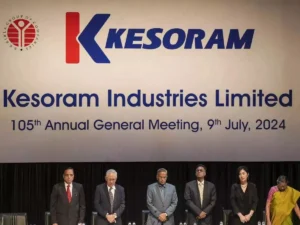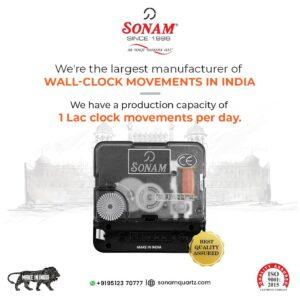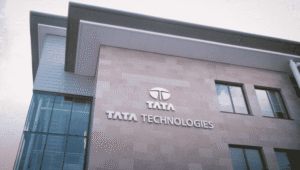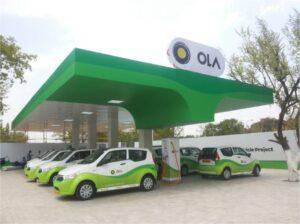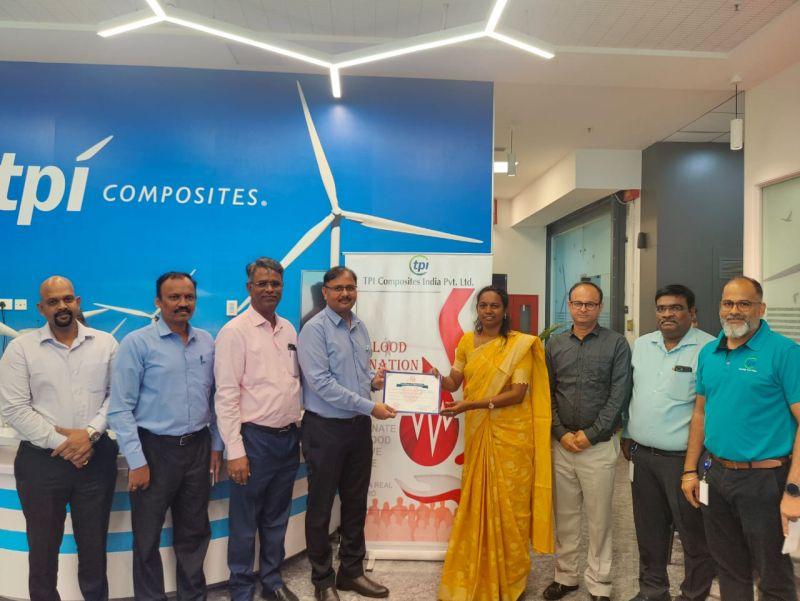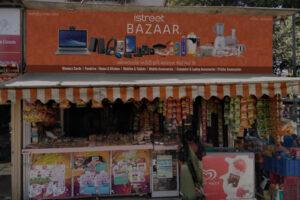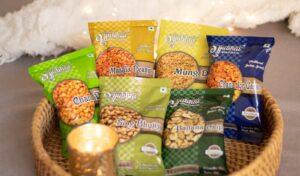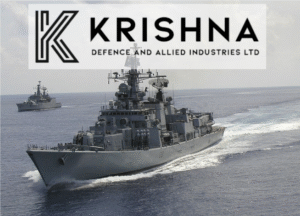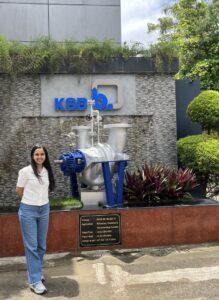1. At a Glance
TPI India, a small-cap packaging manufacturer, has a past filled with heavy losses, debt, and negative net worth. But like an old suitcase, it refuses to break. After a one-time other income surprise and some recent operational improvements, is it finally zipping back together?
2. Introduction with Hook
Imagine a suitcase company trying to survive multiple airport baggage handlers… for 40 years. That’s TPI India for you—a packaging company that’s been beaten, dented, but not fully discarded.
- FY25 sales hit ₹30.18 Cr, the highest in a decade.
- Net profit of ₹0.35 Cr in FY25 (after 7 out of 10 loss-making years).
- ROCE of 117% (nope, not a typo—but context is everything).
Despite the odds (and negative book value), this firm just won’t die. But should it live?
3. Business Model (WTF Do They Even Do?)
TPI India manufactures polymer-based flexible packaging products. Think FIBCs (big industrial bags), woven sacks, BOPP bags, etc.—used in chemicals, fertilizers, cement, and grains.
- Core Products: Bulk bags, FIBCs, HDPE/PP woven sacks, laminated packaging.
- Customers: Industrial supply chains, logistics, agro-industrial users.
- USP: Virtual zero capex model in recent years—reusing old assets while burning less cash.
- Certifications: ISO 9001:2015 compliant.
In short: Not sexy, but necessary.
4. Financials Overview
Here’s a summary of recent financials:
| Year | Revenue (₹ Cr) | EBITDA (₹ Cr) | PAT (₹ Cr) | OPM % | EPS (₹) |
|---|---|---|---|---|---|
| FY23 | 21.3 | 0.67 | 15.87* | 3.15% | 3.69 |
| FY24 | 23.75 | 0.31 | 0.46 | 1.31% | 0.11 |
| FY25 | 30.18 | 2.32 | 0.35 | 7.69% | 0.08 |
*Includes extraordinary income of ₹16.27 Cr (non-operational).
Key observations:
- Revenue growth = ✅
- Operating profit finally positive = ✅
- Core net profit still fragile = ❌
- Consistency = Not found.
5. Valuation
Let’s get to the million-rupee (or 70 crore) question.
- Market Cap: ₹70 Cr
- EPS (normalized): ₹0.08
- P/E: 196 (yes, you read that right)
- Book Value: -₹3.3 (negative)
Valuation Ranges:
| Method | Estimated FV Range (₹) |
|---|---|
| P/E-based (25x FY26 EPS of ₹0.5) | ₹10–13 |
| EV/EBITDA (5x FY25 EBITDA) | ₹11–14 |
| Asset-sale Value | ₹7–10 |
Fair Value Range: ₹10–14 per share
(Reality check: CMP is already ₹16.4)
6. What’s Cooking – News, Triggers, Drama
- Plot sale in Murbad (FY23): Helped reduce debt.
- Qualified Auditor Opinion (FY25): Going concern risk flagged.
- Promoter holding cut from 93.5% to 75%: Free float improves.
- Improving OPMs & quarterly EPS: But sustainability is sketchy.
The most shocking twist? Despite everything, over 7,800 shareholders are still hanging on.
7. Balance Sheet
| Particulars | FY24 | FY25 |
|---|---|---|
| Equity Capital | 4.3 | 4.3 |
| Reserves | -18.85 | -18.49 |
| Borrowings | 15.49 | 16.12 |
| Total Liabilities | 8.88 | 9.33 |
| Net Worth | -14.55 | -14.19 |
Key Points:
- Negative net worth since forever.
- Debt persists but is manageable.
- Almost no capex = cash-light survival.
- Book value per share: -₹3.3
8. Cash Flow – Sab Number Game Hai
| Year | CFO (₹ Cr) | CFI (₹ Cr) | CFF (₹ Cr) | Net Flow |
|---|---|---|---|---|
| FY23 | 10.63 | -0.07 | -10.58 | -0.01 |
| FY24 | -2.51 | 0.85 | 1.72 | 0.06 |
| FY25 | 0.88 | -0.20 | -0.71 | -0.03 |
Key Takeaways:
- Cash flows are choppy but better than the P&L.
- Net cash flow is near zero for 3 years.
- Survival strategy = Pay bills, delay expansion, hope for a boom.
9. Ratios – Sexy or Stressy?
| Ratio | FY23 | FY24 | FY25 |
|---|---|---|---|
| ROCE | – | – | 117.8% |
| Debtor Days | 26.6 | 27.7 | 31.7 |
| Inventory Days | 50.7 | 59.5 | 46.3 |
| Payable Days | 49.9 | 37.3 | 62.1 |
| Cash Conversion Cycle | 27.3 | 49.8 | 15.8 |
Key Callout:
ROCE of 117.8% looks sexy, but don’t forget: it’s due to tiny capital employed. The company is playing on borrowed time (and funds).
10. P&L Breakdown – Show Me the Money
| Year | Sales (₹ Cr) | OPM % | PAT (₹ Cr) | EPS |
|---|---|---|---|---|
| FY23 | 21.3 | 3.15% | 15.87* | 3.69 |
| FY24 | 23.75 | 1.31% | 0.46 | 0.11 |
| FY25 | 30.18 | 7.69% | 0.35 | 0.08 |
*Includes one-time other income
Actual profits from operations = Not impressive yet.
11. Peer Comparison
| Company | CMP (₹) | P/E | ROCE % | Sales (Cr) | PAT (Cr) | OPM % |
|---|---|---|---|---|---|---|
| EPL Ltd | 236 | 20.9 | 17.5 | 4213 | 362 | 19.8 |
| AGI Greenpac | 791 | 15.9 | 20.1 | 2529 | 322 | 24.3 |
| Polyplex Corp | 1145 | 17.2 | 7.2 | 6885 | 209 | 10.1 |
| Cosmo First | 1144 | 22.5 | 9.9 | 2895 | 133 | 9.9 |
| XPRO India | 1192 | 69.2 | 7.9 | 533 | 38 | 9.5 |
| TPI India | 16.4 | 196 | 117.8 | 30.18 | 0.35 | 7.69 |
Yeah, that P/E is screaming for help.
12. Miscellaneous – Shareholding, Promoters
- Promoter Holding: 75% (down from 93%)
- Public Float: 25%
- No DII/FII presence
- Auditor Red Flags: FY25 report carries a “Going Concern” warning.
- Insider Moves: None recently.
Also… 7,819 shareholders are still watching this like it’s Bigg Boss.
13. EduInvesting Verdict™
TPI India is that old jute bag you keep meaning to throw away but somehow ends up being useful every monsoon. Structurally weak? Yes. Low earnings quality? Absolutely. Yet, its survival despite all odds makes it a case study in low-cap hustle.
For now, it’s in the Watchlist Gym—doing squats with debt, lifting ROCE, and flexing EBITDA. Whether it graduates to real growth or collapses under its own financial baggage, only time (and a couple of quarters) will tell.
Metadata
– Written by EduInvesting Research | 13 July 2025
– Tags: TPI India, Flexible Packaging, Smallcap, Net Worth Erosion, Debt, Polymer Packaging, Going Concern, Industrial Bags, Value Trap, Turnaround Stories
